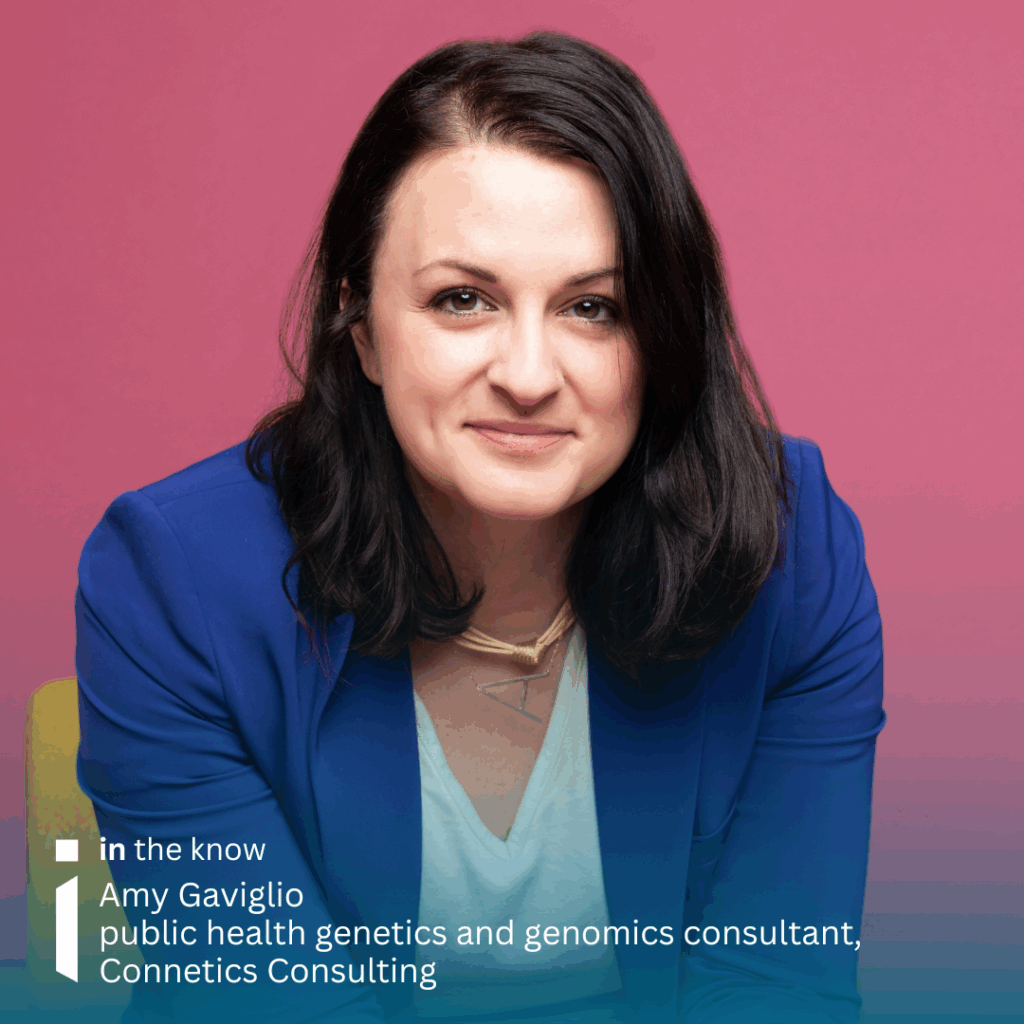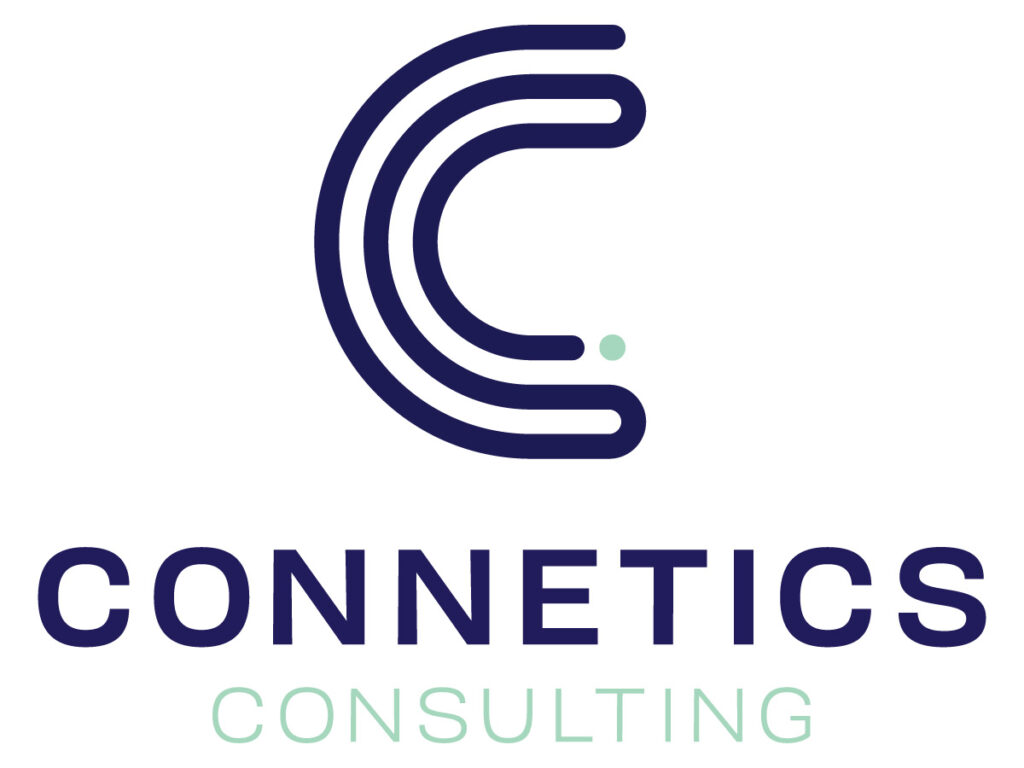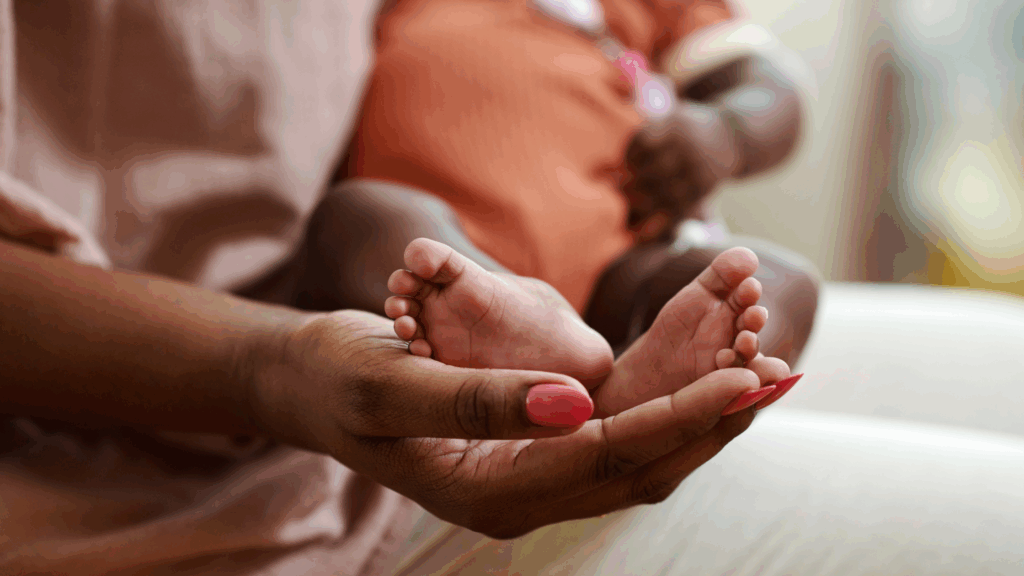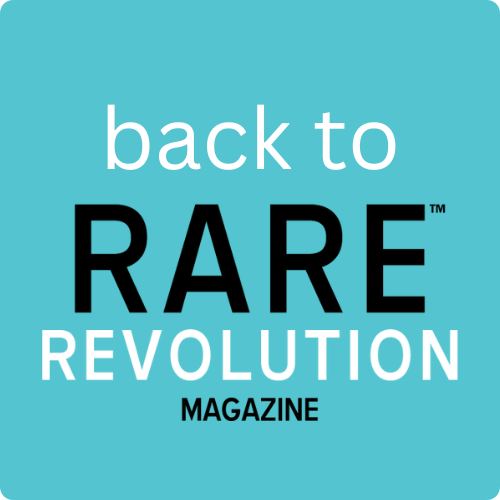Newborn screening: when the same screen results in different outcomes—and why universality isn’t enough
Estimated reading time: 7 minutes


How the expansion of newborn screening demands a deeper commitment to equity, accessibility and ethical design
Newborn screening (NBS) has long been celebrated as one of public health’s most transformative achievements. From its biochemical origins in the 1960s to today’s expansive panels that include dozens of conditions, NBS offers a compelling promise: early detection, timely intervention and a healthier start to life. It’s a quiet revolution—one that begins with a heel prick and can change the trajectory of a child’s future.
But as screening programmes grow—adding new conditions, technologies and data systems—a critical truth becomes increasingly clear: the same screen doesn’t yield the same outcomes for every baby. Universality may offer the invitation, but equity ultimately delivers the welcome.
Across the globe, NBS programmes are expanding rapidly. Some countries now screen for dozens of diseases, including metabolic diseases, endocrine diseases, hemoglobinopathies, lysosomal storage diseases and immunodeficiencies. Several countries are piloting whole genome sequencing while others are now utilising digital platforms, machine learning and AI to improve result interpretation and clinical decision making. These innovations represent a powerful invitation: “Come along. We can help.”
But the invitation alone isn’t enough.
Universality as the invitation. Equity as the welcome.
Universality ensures that every baby is offered a screen. But equity asks: is it the same screen and can every baby benefit from it?
Consider three dimensions where the promise of universality in NBS begins to fray:
- Screen offered, different panel: The diseases included in NBS panels can vary widely depending on where a baby is born. A child in one jurisdiction might be screened for dozens of diseases, while another—just miles away—may miss critical early detection opportunities due to a narrower panel. This geographic variability creates inequities in care and outcomes.
- Industry partners can help address this by supporting harmonised screening standards, enabling flexible technologies that adapt across jurisdictions and advocating for policies and funding mechanisms that ensure every newborn receives a robust and equitable start.
- Same screen, different relevance: A standardised screening panel may unintentionally overlook conditions that disproportionately affect specific populations. For instance, sickle cell disease is more common among individuals of African descent, while Tay-Sachs disease is more prevalent in Ashkenazi Jewish communities. Without attention to population-specific risks, a “universal” panel can fall short of true inclusivity.
- Industry partners can help by advancing data-informed screening strategies, supporting research into population health trends and enabling flexible platforms that adapt to evolving demographic needs.
- Same screen, different follow-up: A positive result in a well-resourced urban hospital might trigger immediate action—genetic counseling, confirmatory testing and specialist care. But in rural or underserved areas, that same result may lead to delays, confusion or no follow-up at all. The disparity in infrastructure turns a life-saving alert into a missed opportunity.
- Industry partners can close this gap by investing in remote care tools, strengthening referral networks and building systems that ensure timely follow-up regardless of location.
- Same screen, different understanding: Families with limited English proficiency or low health literacy may struggle to understand what NBS is, what results mean or what steps to take next. Without clear, culturally responsive communication, even the most advanced screening system can falter.
- Industry partners can make a difference by co-creating multilingual resources, designing intuitive digital tools and embedding equity into every layer of family engagement.
Accessibility: more than availability
Just because a screening test, diagnostic mechanism or treatment is available doesn’t mean it’s accessible. Accessibility is shaped by infrastructure, education, usability and cultural resonance. It’s not just about whether the test exists—it’s about whether families can engage with it meaningfully.
- Digital divides: Many programmes rely on online portals for results, education or electronic consent. But families without internet access, smartphones or digital literacy are left behind. A sleek interface doesn’t help if the user can’t log in.
- Geographic barriers: National availability doesn’t guarantee local access. Families living hours from a lab or specialist may face insurmountable logistical hurdles. Accessibility demands investment in local capacity, mobile units and telehealth integration.
- Cultural mismatch: Educational materials that aren’t translated or culturally adapted can alienate families, reducing uptake and follow-through. A pamphlet that makes sense to a clinician may feel irrelevant—or even frightening—to a parent unfamiliar with medical jargon.
- Cost confusion: Even in publicly funded systems, unclear billing practices or insurance gaps can deter participation. A “free” screen that leads to unexpected charges for follow-up care can erode trust.

Ethical design in an expanding landscape
As screening expands, so do the ethical and operational responsibilities of industry providers, public health systems and policymakers. Innovation must be paired with intentional design—tools that flex to meet families where they are, not just where the system expects them to be.
Key considerations include:
- Informed consent: How do we ensure parents understand what screening covers, what results mean, and what choices they have? Consent must be more than a signature—it must be a conversation.
- Data stewardship: Who owns the data, and how is it protected? As digital platforms proliferate, questions of privacy, security and secondary use become increasingly urgent.
- Follow-up infrastructure: How do we ensure that positive screens lead to timely, effective care? Screening without follow-up is like a fire alarm with no fire department.
- Equitable implementation: How do we design platforms and pipelines that scale across diverse health systems, from urban hospitals to rural clinics?
These aren’t just technical challenges—they’re moral ones. Because every missed follow-up, every misunderstood result, every inaccessible portal represents a moment where the system failed to meet a family’s needs.
A global call to action
Globally, the gap is stark. While high-income countries expand their panels and digitise workflows, many low-resource settings still lack basic NBS infrastructure. In some regions, even the most fundamental tests—like those for congenital hypothyroidism or phenylketonuria—remain unavailable. Without intentional investment, the expansion of screening risks becoming a privilege of geography.
To move forward, the global NBS community—including industry, governments and public health leaders—must co-create a framework that:
Centres families: Screening must be family-centered, culturally sensitive and grounded in trust. This means engaging communities in design, not just delivery.
Builds capacity: Investment in workforce training, lab infrastructure and digital tools is essential. A screen is only as strong as the system that supports it.
Aligns incentives: Industry innovation should be rewarded not just for technological advancement, but for equitable impact. Metrics must include reach, usability and follow-up—not just speed or scale.
Fosters global collaboration: Shared data standards, cross-border research and pooled resources can accelerate progress. Equity isn’t just a local issue—it’s a global imperative.

Designing for equity: a challenge and an opportunity
The tension between equity and universality is not a zero-sum game—it’s a design challenge. And it’s one industry is uniquely positioned to address.
Technology providers can lead by:
- Developing modular, scalable platforms that adapt to local needs, languages and workflows. One-size-fits-all doesn’t fit NBS.
- Embedding ethics and equity into product design, from consent flows to data dashboards. Every click should reflect care.
- Partnering with public health systems to co-create sustainable models that prioritise families, not just features.
Because in the end, the measure of innovation is not just what it can do, but who it reaches—and how it makes them feel when they arrive.
Newborn screening is more than a test. It’s a promise. And that promise must be kept—not just in the lab, but in the lives of every family it touches.
Connect with Amy
in the know brings you the latest conversations from the RARE think tank. To access more in the know articles click below.

